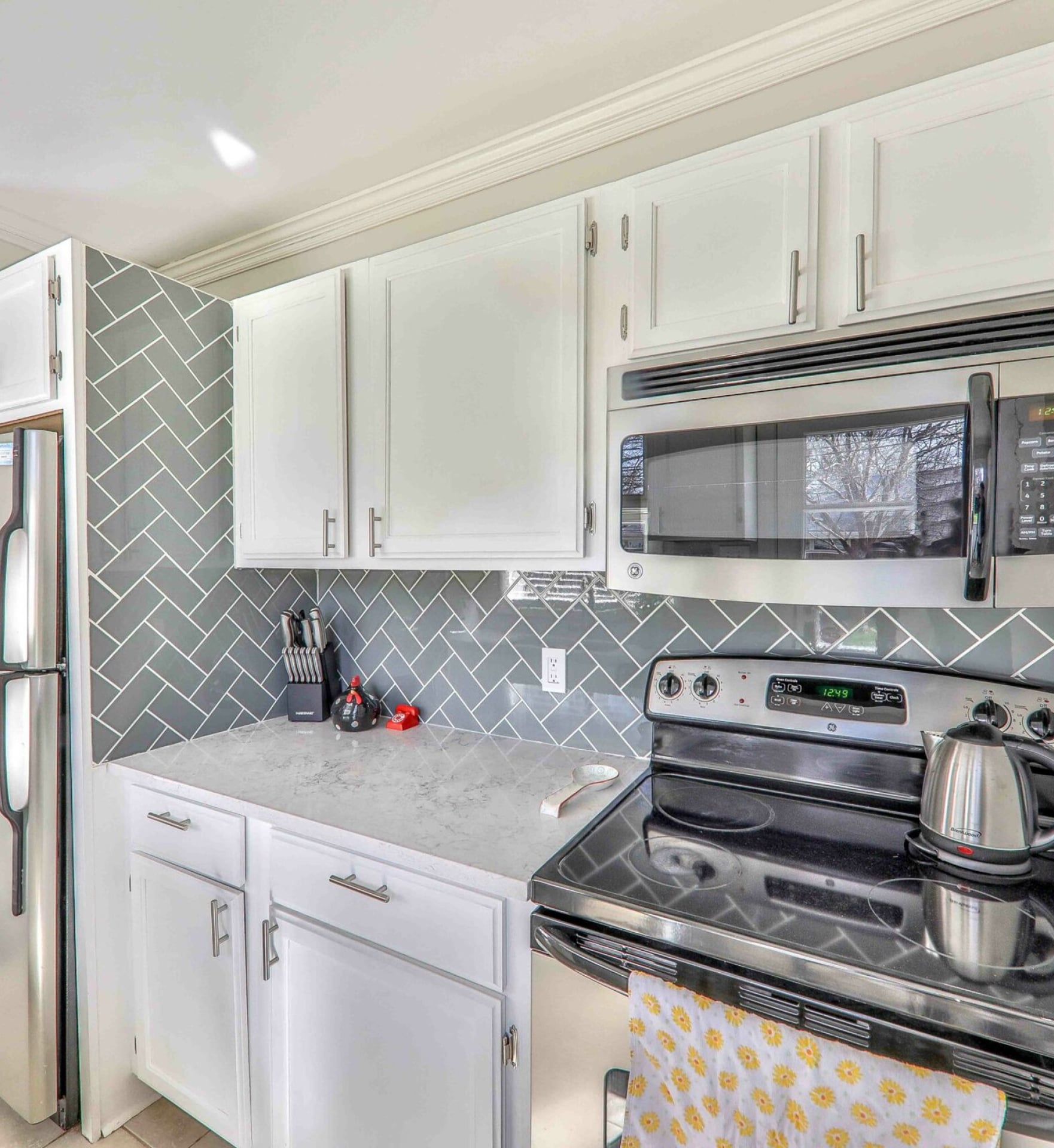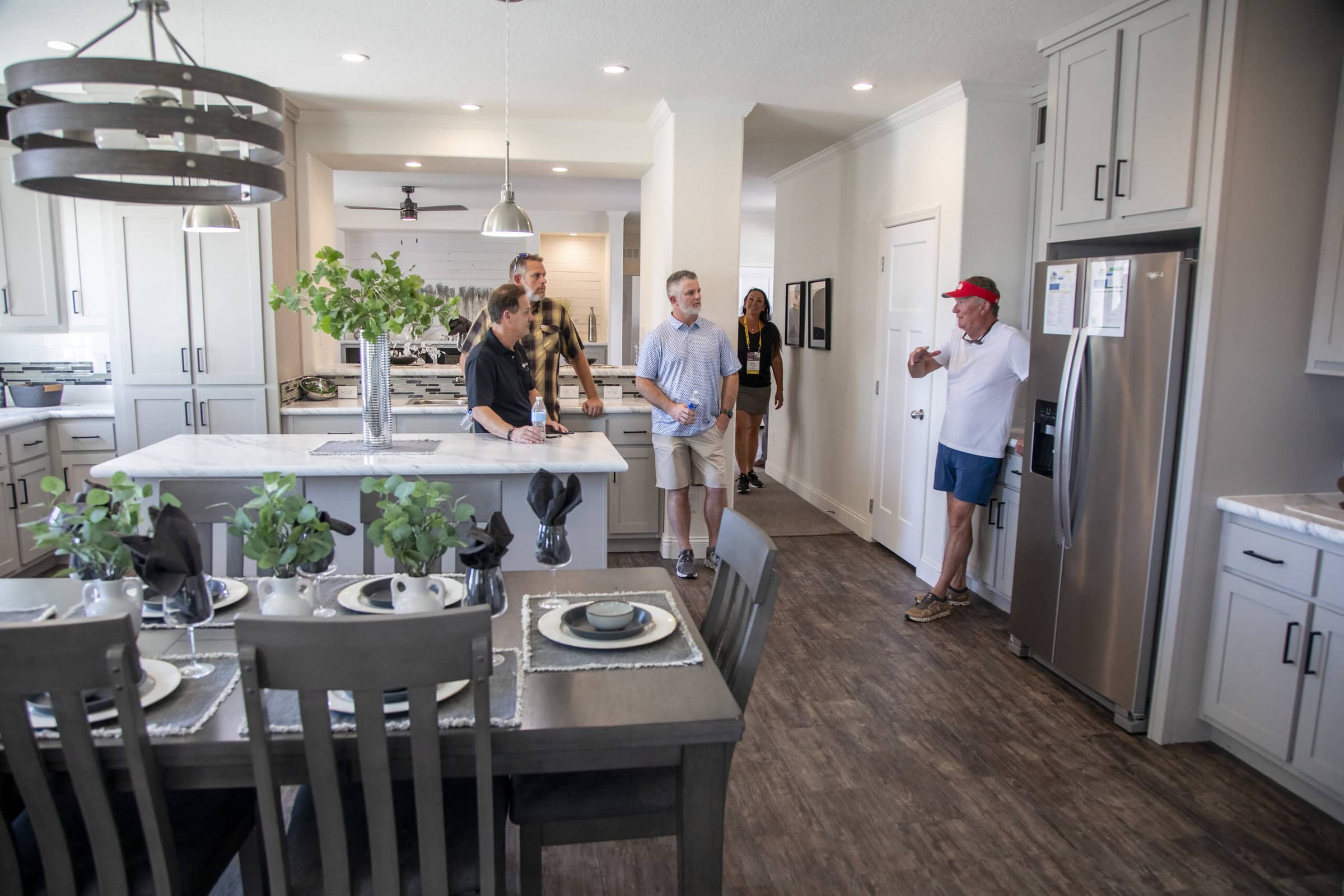Featured Resources
Buying a home is typically one of the largest purchases you will ever make. It’s important to understand the process. Learn more about financing a home, how to find a home and more about today’s manufactured homes.
Sorry, we couldn't find any posts. Please try a different search.

